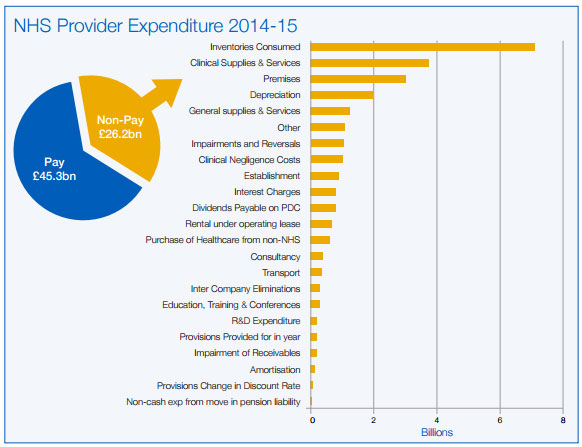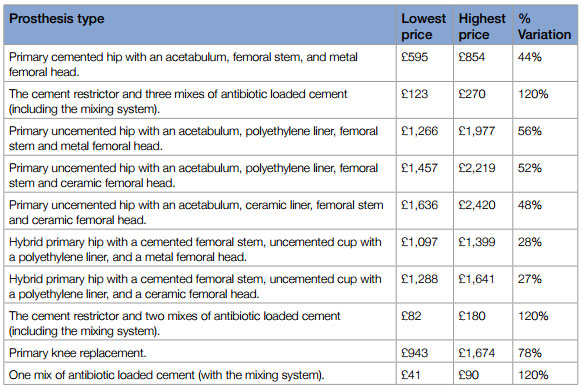in Industry
Recent Independent Review Details How NHS Could Save £5bn Annually
The Government has recently published an independent report on productivity within NHS hospitals, reviewing efficiency and detailing how savings of up to £5bn a year can be made by the NHS. The report provides interim recommendations and next steps. A full report will be published in autumn 2015.
“We have not used the buying power that we’ve got nationally, effectively” – Lord Carter Coles
The independent review, carried out by Lord Carter of Coles chairman of the review panel examining the future of NHS pathology, says that improving staff organisation and adopting a better approach to purchasing are key points towards increasing efficiency within NHS hospitals. The report was published after spending 12 months working with 22 NHS hospitals on behalf of the government.

Lord Carter believes that overall, there are three main areas of opportunity for improvement. The first is that hospitals utilise their resources more efficiently, particularly focusing on workforce, pharmacy and medicine, estate management and procurement. The second is to achieve a better workflow of patients through the NHS. The third involves gaining a better understanding of sub-acute services where a patient needs complex rehabilitation. Many hospitals also find difficulties when discharging patients who were medically fit to leave expensive hospital beds but are unable to discharge them because they have nowhere else to go.
A wide variation in spending was found on everything from medicines and instrumentation to facilities such as heating. There were also what has been described as “huge inefficiencies” in staff management with workers in some hospital staff claiming too much annual leave. It is estimated that approximately £2bn a year can be saved from improving staff timetables and managing training and annual leave better.
Better use of medicines would also help to improve efficiency by approximately £1bn per year. Lord Carter suggests that one hospital has managed to save £40,000 a year by changing a tablet used for liver failure patients from soluble to insoluble. Reducing cost per treatment from £1.50 to just 2 pence.
“The average cost of soluble Prednisolone is over £1.50 per tablet. The insoluble version of Prednisolone costs less than £0.02 per tablet. In reserving the use of soluble Prednisolone for paediatric patients and adults with swallowing difficulties as much as £40,000 a year is being saved by Bolton NHS Foundation Trust. We are now working with other providers to see if similar savings can be made.”
Savings can also be made on items such as syringes with pricing varying on purchases by up to a third. The NHS uses roughly half a million different items with the price between similar goods varying by over 35%.The report suggests that a single electronic catalogue should be made available for the NHS for the purchasing of instrumentation, medicine and other goods.
Hip operations are an area that is costing the NHS more than double what it should at up to £17m each year. It was found that the hips used were not as efficient as less other less-expensive versions. This often results in patients needing further replacements and more care.

“We found some extremely good hospitals, some very efficient hospitals, but there are a number of hospitals that are not as good as they need to be” he said.
Lord Carter has included within the report a template for an efficient “model hospital” which will be followed in September by a report from the Department of Health which will set out what each hospital is expected to save by putting the report’s recommendations into place.
The report believes that within the next 5 years another £5bn could be saved annually by the NHS by implementing these improvements.
